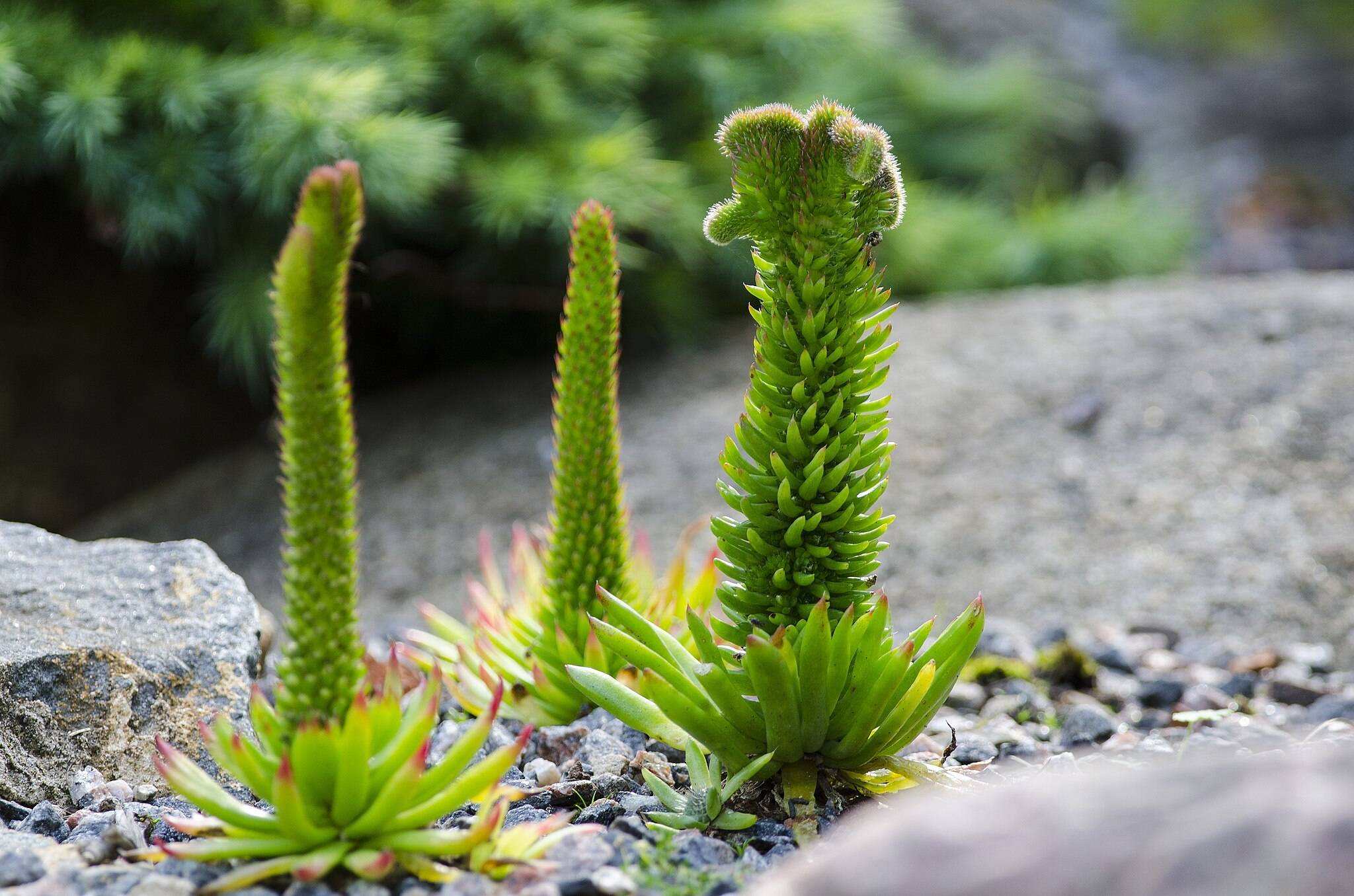
Orostachys is a fascinating genus of succulent plants that often goes unnoticed. These hardy plants, native to Asia and parts of Europe, thrive in rocky, mountainous regions. Known for their rosette formations and unique flowering spikes, they bring a touch of nature's artistry to any garden or indoor space. But what makes Orostachys truly special? Their ability to survive harsh conditions, their minimal care requirements, and their striking appearance make them a favorite among plant enthusiasts. Whether you're a seasoned gardener or just starting, learning about these resilient plants can add a new dimension to your plant collection. Ready to dive into the world of Orostachys? Let's explore 29 intriguing facts about these remarkable succulents!
What is Orostachys?
Orostachys is a fascinating genus of succulent plants belonging to the Crassulaceae family. These hardy plants are known for their unique rosette formations and ability to thrive in harsh conditions. Let's dive into some intriguing facts about Orostachys.
-
Orostachys plants are native to Asia, particularly found in regions like China, Mongolia, and Russia.
-
The name "Orostachys" comes from Greek, where "oro" means mountain and "stachys" means spike, referring to their mountainous habitats and spiky flower formations.
-
These succulents are often called "Dunce Caps" due to their cone-shaped rosettes.
-
Orostachys species are monocarpic, meaning they flower once and then die. However, they produce offsets before dying, ensuring the plant's survival.
-
The leaves of Orostachys are fleshy and store water, helping them survive in arid environments.
Types of Orostachys
There are several species within the Orostachys genus, each with unique characteristics. Here are some notable ones:
-
Orostachys iwarenge: Also known as "Chinese Dunce Cap," this species is popular for its attractive, silvery-blue rosettes.
-
Orostachys malacophylla: This species has soft, green rosettes and is often found in rocky terrains.
-
Orostachys spinosa: Known for its spiny leaves, this species is well-adapted to cold climates.
-
Orostachys japonica: Native to Japan, this species has small, compact rosettes and is often used in rock gardens.
-
Orostachys fimbriata: This species features fringed leaves and is commonly found in alpine regions.
Growing Conditions
Orostachys plants are relatively easy to care for, making them a favorite among succulent enthusiasts. Here are some facts about their growing conditions:
-
These plants prefer well-draining soil to prevent root rot.
-
Orostachys thrive in full sun to partial shade, requiring at least six hours of sunlight daily.
-
They are drought-tolerant and need minimal watering. Overwatering can be detrimental.
-
Orostachys can withstand cold temperatures, some species surviving down to -30°C (-22°F).
-
These succulents are often grown in rock gardens, containers, or as ground cover due to their low-growing nature.
Unique Features
Orostachys plants have several unique features that set them apart from other succulents:
-
Their rosettes can change color depending on the season, often turning reddish or purple in colder months.
-
The flowers of Orostachys are small but form impressive spikes that can reach up to 30 cm (12 inches) tall.
-
These plants have a shallow root system, allowing them to cling to rocky surfaces.
-
Orostachys can propagate easily through offsets, making them ideal for gardeners looking to expand their collection.
-
The leaves of some species are covered in a fine, powdery coating called "farina," which helps protect them from intense sunlight.
Uses and Benefits
Orostachys plants are not only visually appealing but also offer several benefits:
-
They are excellent for xeriscaping, a landscaping method that reduces or eliminates the need for irrigation.
-
Orostachys can help prevent soil erosion due to their ground-covering growth habit.
-
These plants are low-maintenance, making them perfect for busy gardeners or those new to succulents.
-
Orostachys can be used in green roofs, providing insulation and reducing urban heat islands.
-
Their unique appearance makes them a popular choice for decorative arrangements and terrariums.
Fun Facts
Here are some fun and lesser-known facts about Orostachys:
-
In traditional Chinese medicine, some Orostachys species are believed to have medicinal properties and are used to treat various ailments.
-
The rosettes of Orostachys can close up during extreme heat or drought to conserve moisture.
-
Orostachys plants are often mistaken for Sempervivum, another genus of rosette-forming succulents, but they are not closely related.
-
These succulents have been known to grow in some of the most inhospitable environments, including rocky cliffs and alpine meadows.
Final Thoughts on Orostachys
Orostachys plants are truly fascinating. These hardy succulents thrive in tough conditions, making them perfect for gardeners who want low-maintenance greenery. Their unique rosette shapes and vibrant colors add a touch of beauty to any space. Plus, they’re not just pretty faces; they’re also incredibly resilient, surviving in rocky terrains and cold climates.
If you’re looking to add some variety to your garden, Orostachys is a great choice. They’re easy to care for, requiring minimal water and attention. Just give them a sunny spot and watch them flourish. Whether you’re a seasoned gardener or a newbie, these plants are sure to impress.
So, next time you’re at the nursery, consider picking up an Orostachys. You’ll not only get a stunning plant but also a conversation starter. Happy gardening!
Was this page helpful?
Our commitment to delivering trustworthy and engaging content is at the heart of what we do. Each fact on our site is contributed by real users like you, bringing a wealth of diverse insights and information. To ensure the highest standards of accuracy and reliability, our dedicated editors meticulously review each submission. This process guarantees that the facts we share are not only fascinating but also credible. Trust in our commitment to quality and authenticity as you explore and learn with us.
